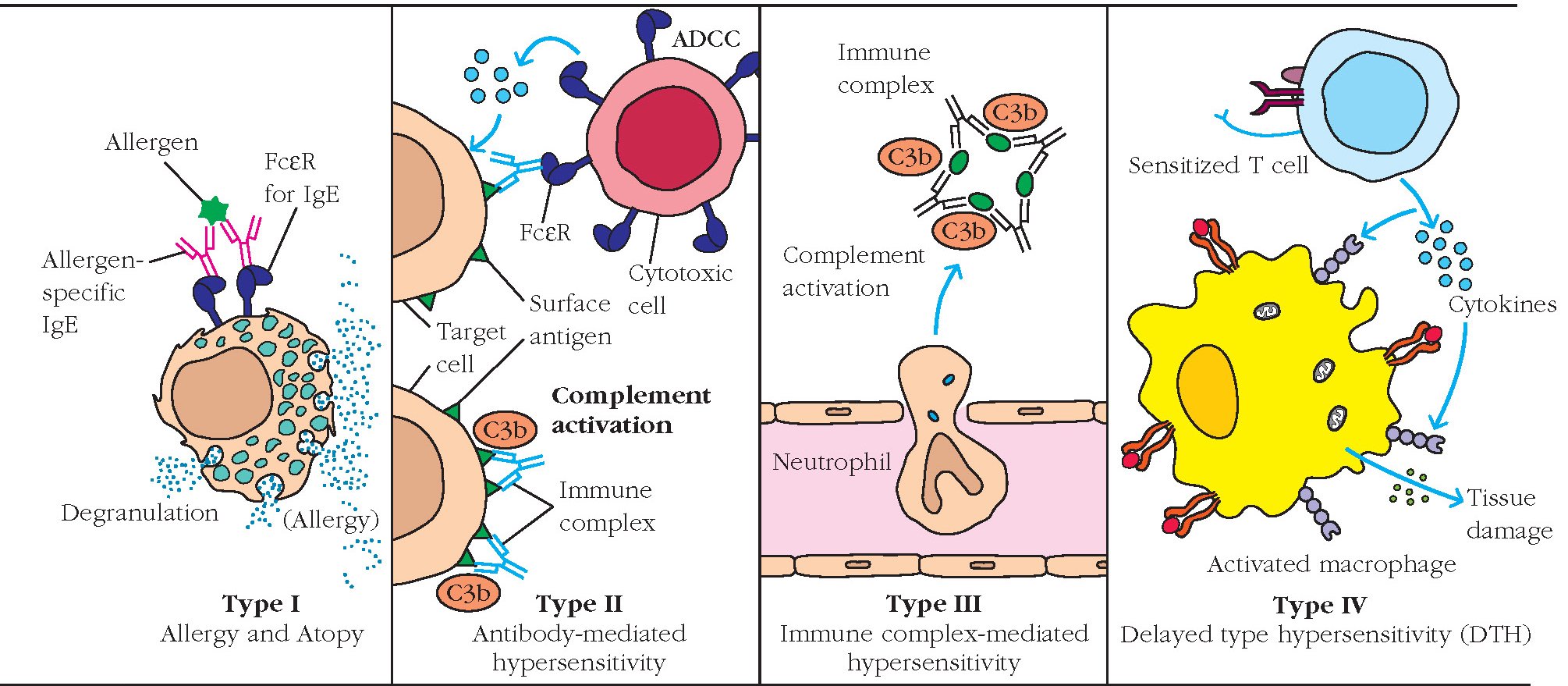
These reactions develop when immune complexes activate the complement system’s array of immune effector molecules. For this reason Type III is called immune complex hypersensitivity.ġ. Large amount of immune complexes lead to tissue-damaging Type III hypersensitivity. This immune complex gradually facilitates removal of antigen by phagocytic activity of body. When an antigen enters within the body then the antibody reacts with antigen and generates immune complex. penicillin, cephalosporin and streptomycin) can absorb non- specifically to proteins on RBC membranes, forming a complex similar to a hapten-carrier complex and gradually induces anaemia called drug-induced haemolytic anaemia. Severe haemolytic disease of the new born is called erythroblastosis foetalis, when an Rh + foetus expresses an Rh antigen on its blood cells that the Rh – mother does not express it (Fig. Haemolytic disease of the newborn develops when maternal IgG antibodies specific for foetal blood-group antigens cross the placenta and destroy foetal red blood cells. There are different types of components which are required for type-1 reactions:ġ. The principal effects of vasodilation and smooth muscle contraction may be either systematic or localized. In some cases, the responses may be severe, develop within a few minutes (2-30 mins) and may even cause death before any medical help is called anaphylactic shock.Ĥ.

The pharmacologically active mediators released from the granules exert biological effects on the surrounding tissues.ģ.
#TYPE 2 VS TYPE 3 HYPERSENSITIVITY SKIN#
Normally anaphylactic responses are of a mild type producing symptoms- like hay-fever, running nose, skin eruptions called as ‘nives’ or breathing difficulties.Ģ. When the individual is exposed to the same allergen again, then it cross-links the membrane bound IgE on sensitized mast cells and basophils and degranulation of those cells result (Fig. Such IgE-coated mast cells and basophils are said to be sensitized. Actually anaphylaxis means “opposite of protection” and is mediated by IgE antibodies through interaction with an allergen.ĭuring the activity, this class of antibody (IgE) binds with high affinity to F C (Fragment crystalized) receptors on the surface of constant domains of tissue mast cells and blood basophils.


Type I hypersensitive reactions are the commonest type among all types which is mainly induced by certain type of antigens i.e. The first three types are antibody-mediated and the fourth type is mediated mainly by T-cell and macro-phases i.e. Gell and Coomb described four types of hypersensitivity reactions (Types I, II, III and IV). Several types of hypersensitive reactions can be identified, reflecting differences in the effector molecules generated in the course of the reaction.


 0 kommentar(er)
0 kommentar(er)
